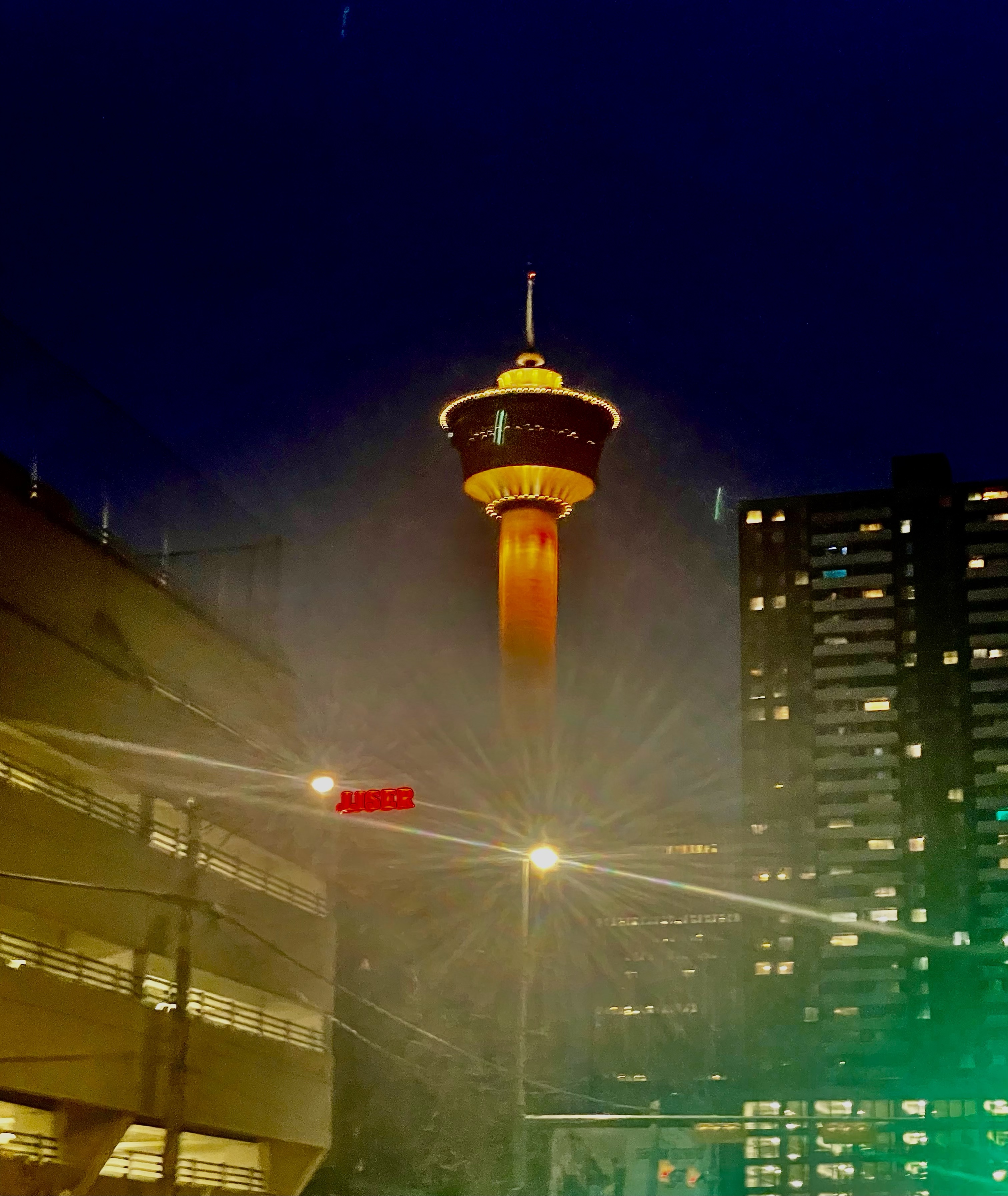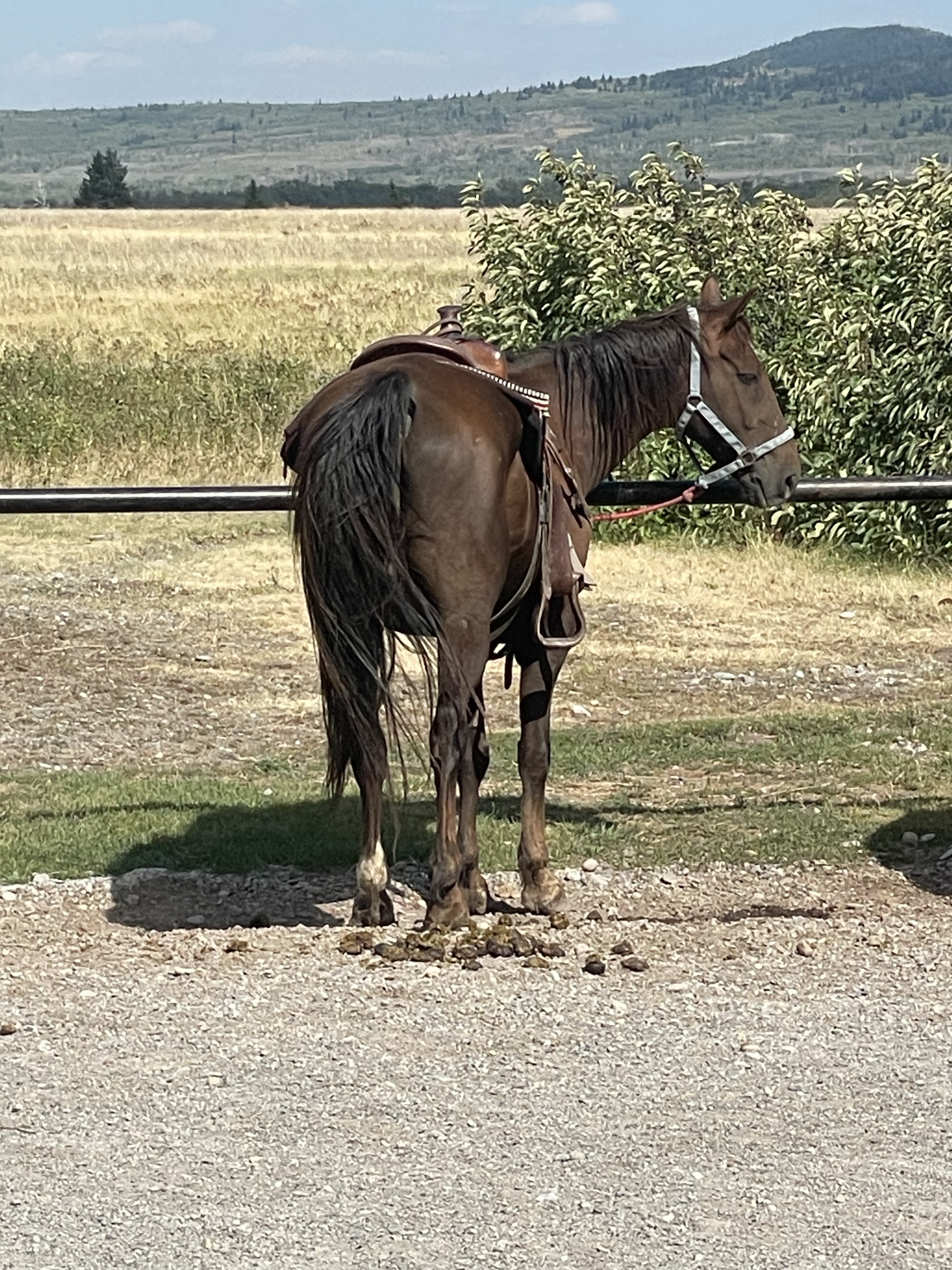Sugar syrup, also known as simple syrup, is a staple in the world of mixology. It’s the secret ingredient that adds sweetness and balance to cocktails and mocktails, ensuring every sip is a delight. In this post, we’ll explore how to make it. We’ll discuss the differences between 1:1 and 2:1 syrup. We’ll also explain the importance of sugar syrup and Demerara sugar syrup in your favorite drinks. Plus, we’ll share tips on how to store it at home. Sugar syrup is used to make all your favourite drinks like Amaretto Sours, Mojitos, Cosmopolitans and so much more!
As an Amazon Associate, I earn from qualifying purchases. This page contains affiliate links. If you choose to purchase after clicking a link, I may receive a commission at no extra cost to you.
How to Make it at Home
1:1 Sugar Syrup Recipe

Equipment
Ingredients
- 1 cup granulated sugar
- 1 cup water
Instructions
- Combine the sugar and water in a saucepan.
- Heat over medium heat, stirring constantly until the sugar is completely dissolved.
- Once dissolved, remove from heat and let it cool.
- Be careful not to boil the sugar
- Transfer the syrup to a clean, airtight container and store in the refrigerator.
2:1 Sugar Syrup Recipe

Equipment
Ingredients
- 2 cups granulated sugar
- 1 cup water
Instructions
- Combine the sugar and water in a saucepan.
- Heat over medium heat, stirring constantly until the sugar is completely dissolved.
- Be careful not to boil the sugar.
- Once dissolved, remove from heat and let it cool.
- Transfer the syrup to a clean, airtight container and store in the refrigerator.
The Difference Between 1:1 and 2:1 Syrup
The primary difference between 1:1 and 2:1 sugar syrup is the concentration of sugar. A 1:1 syrup (also known as “simple syrup”) has equal parts sugar and water, making it lighter and less sweet. This characteristic makes it perfect for cocktails and mocktails that require a subtle sweetness, allowing the other flavors to shine without being overpowered. Bartenders often utilize 1:1 syrup in drinks like mojitos and daiquiris, where it enhances without dominating the taste profile.
On the other hand, a 2:1 syrup has a higher sugar concentration, containing two parts sugar to one part water, resulting in a richer, sweeter syrup that can provide a stronger sweetness and more body to beverages. This syrup is particularly useful in crafting dessert cocktails or drinks that are intended to be served over ice, where dilution from melting ice can temper the sweetness. Ultimately, understanding the distinctions between these syrups allows cocktail enthusiasts to better balance flavors and tailor their drinks to suit particular tastes and occasions.
Demerara Sugar Syrup
To expand your palate and create the best Old Fashioned, make sure you make some Demerara sugar syrup too. Demerara is a type of raw sugar cane with a caramel-like flavor that comes from natural molasses. This richer alternative adds some depth to the sweetness of your cocktails. Its caramel notes pair great with dark spirit-based cocktails. Try adding it to a Mai Tai; it’s delicious! To make Demerara sugar syrup follow the same 2:1 recipe and sub out the granulated sugar.
The Importance of Sugar Syrup in Cocktails and Mocktails
Sugar syrup is a crucial ingredient in many cocktails and mocktails for several reasons:
- Consistency: Unlike granulated sugar, which can leave undissolved grains in your drink, sugar syrup blends seamlessly, ensuring a smooth texture.
- Sweetness Control: It allows for precise control over the sweetness of your drink, making it easier to balance flavors.
- You can infuse it with other flavors to open up a whole new world of possibilities.
How to Store Sugar Syrup at Home
- Store it in a clean, airtight container.
- Keep it in the refrigerator.
- A 1:1 can last for about a month. While a 2:1 can last up to 6 months due to the higher concentration of sugar.
Check out this great article from WikiHow here about storing syrups at home.
With these tips and recipes, you’ll be well-equipped to elevate your cocktail and mocktail game, transforming simple gatherings into unforgettable experiences filled with flavor and creativity. You can try your hand at classic mixes. Experiment with unique flavor combinations. Understand the nuances of ingredients and presentation to ensure your drinks impress your guests. You can garnish with fresh herbs. You can incorporate seasonal fruits. These insights will inspire you to craft beverages that taste wonderful. They will also look visually appealing, making every sip a delight for the senses.
If you enjoyed this article, please let me know in the comments below! Be sure to follow me on socials to stay up to date with all the latest recipes and bartender know how. Once you’ve mastered the art of sugar syrup why not learn all about juicing your own citrus to give you cocktails that professional edge. Find the article here. Cheers until next time!
















From visitors